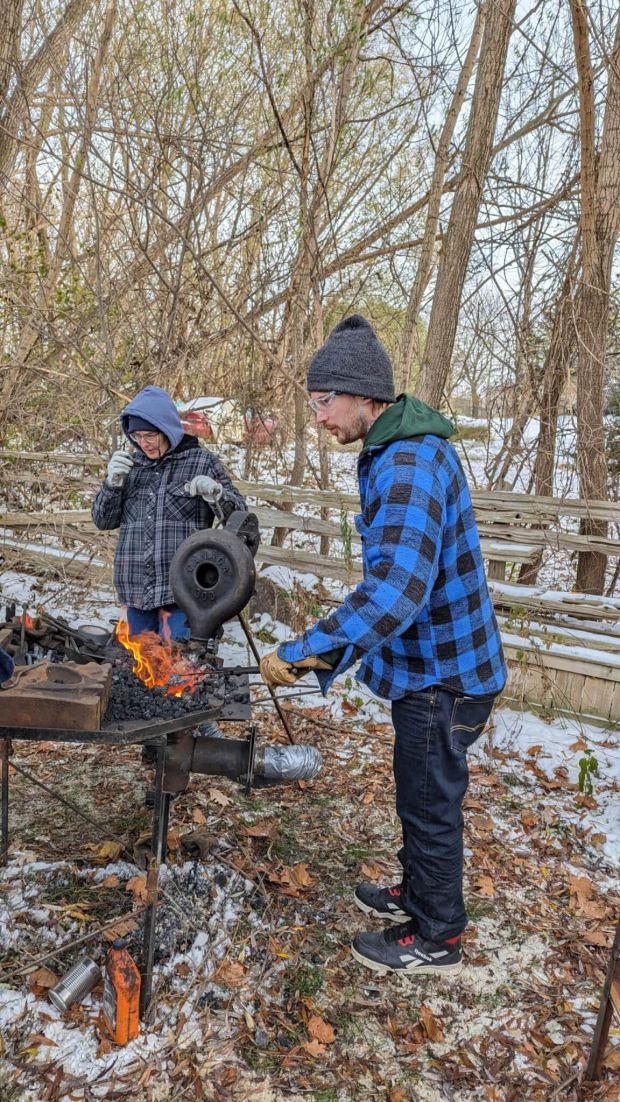92 year old metalwork lathe. Like new. *NOT* for sale.
Historical precision
Jan 6 2019 update: 1926… or 1928? Learn more about the mystery here.
An important part of ylab’s activities in our home at the David Dunlap Observatory is ensuring we respect the historic nature of the facility. Sometimes this includes the great privilege and responsibility of maintaining some of the workshop equipment that we’ve been entrusted with – like the magnificent old workbench.
We’ve now taken the big South Bend metalwork lathe under our care. Markings indicate it was built in 1926. It has an 8 foot bed and 16 inch throw (largest diameter we can work with), which can be increased to 24 inches when taking advantage of a removable section of the bed.
So what on earth do we do with this beast?
Our good luck, as always (we’re in the DDO, right?), brings us a solution. Ylab member Miro, a professional engineer, has a wealth of experience with exactly this type of equipment.
Miro’s preliminary assessment? “WOW! It’s barely broken in!”
Almost every piece of machine shop equipment of this vintage was put to work in the World War II production effort. Most of it was heavily worn during the process, if not completely scrapped when superseded by more modern tooling. Our lathe was used primarily – and apparently very lightly – for the maintenance of the DDO telescopes. Miro suspects it may be in better shape than any other one in the world.
We started with a thorough check-out.
First a general clean-up. We don’t know when it was last maintained… but the amount of crud we pulled out tells us it’s been a while. We made the arbitrary, executive decision that the crud is not historically significant and could be removed and disposed of. We trust nobody is upset by this. If this upsets you, let us know and we’ll send you some crud. Deadline for request: next garbage day.
If it’s supposed to move… WD 40 won’t do here. Moving parts need lubrication. We identified and bought the right grade of non-detergent oil. A careful end-to-end inspection revealed 31 separate lubrication points that include small holes, holes closed by screws, small caps, big caps, plugs and various surfaces. We found and refilled a historic oil can to do the job.
Missing and worn-out parts. We spotted some missing oil-hole cover screws. We made replacements. The carriage has metal caps that press felt pieces against the tracks to push metal bits out of the way as it slides back and forth. Two of the caps were missing – but we rummaged through the cabinets and found them. We put in new felt pieces and screws.
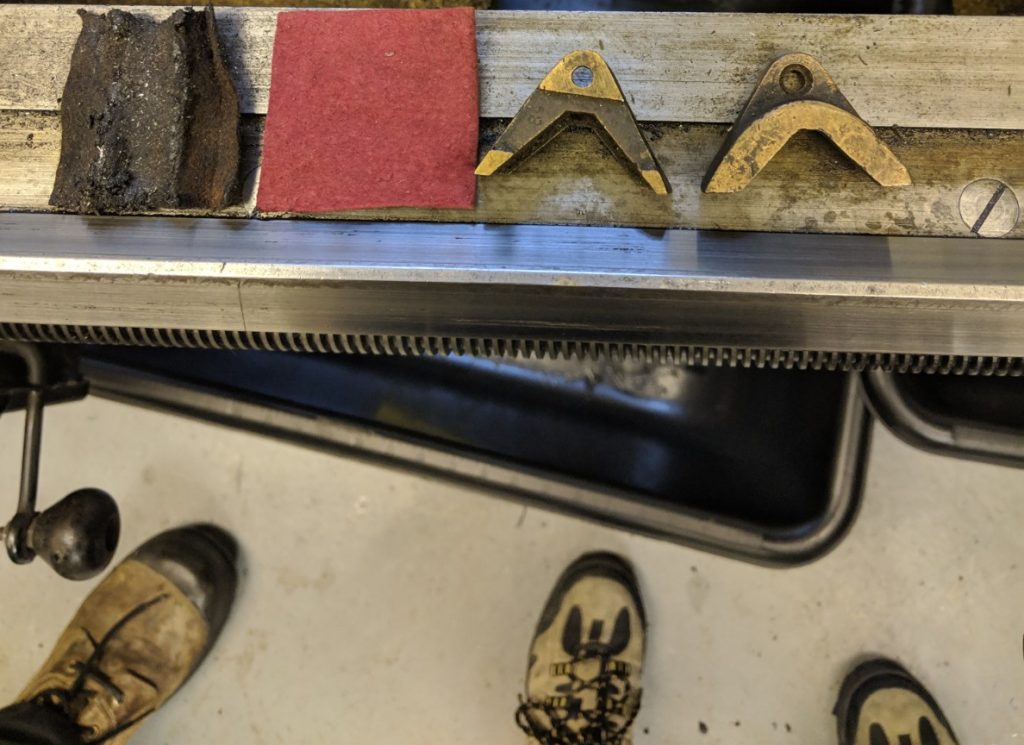
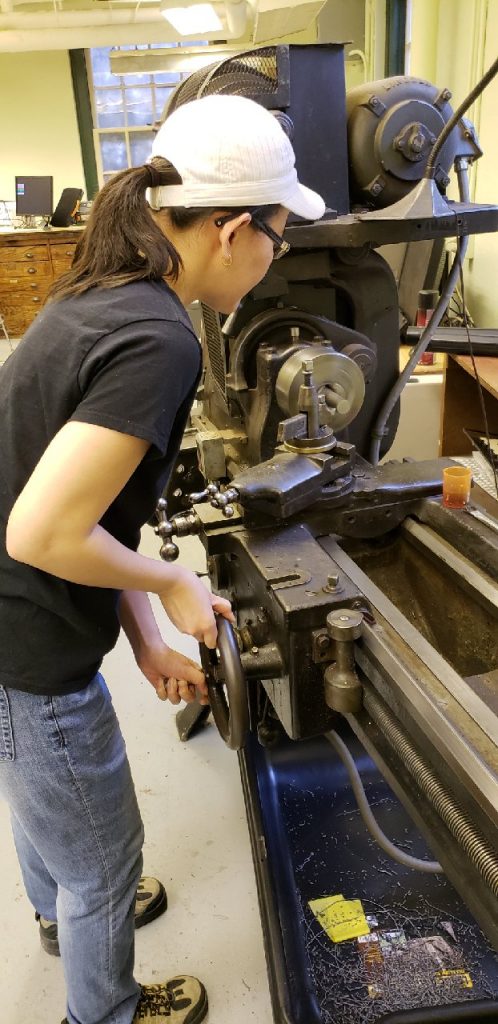
So how well does it work? The big test.
We manually moved all the parts, hand-turning everything. With fresh lubrication, Miro’s preliminary assessment was confirmed. Everything that should move was moving beautifully. Like new.
Time to turn on the power and see how this fat lady sings.
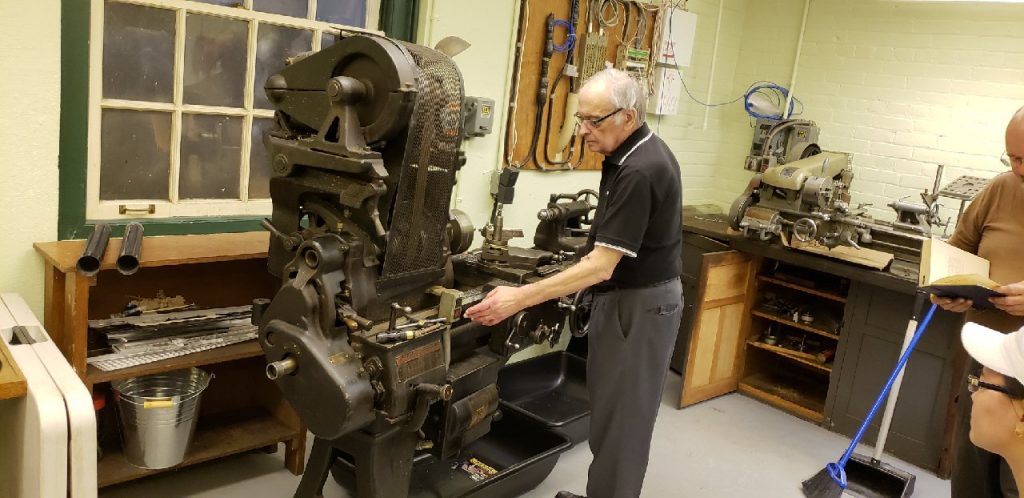
We tested with some 6-inch long, 1 inch diameter metal rods.
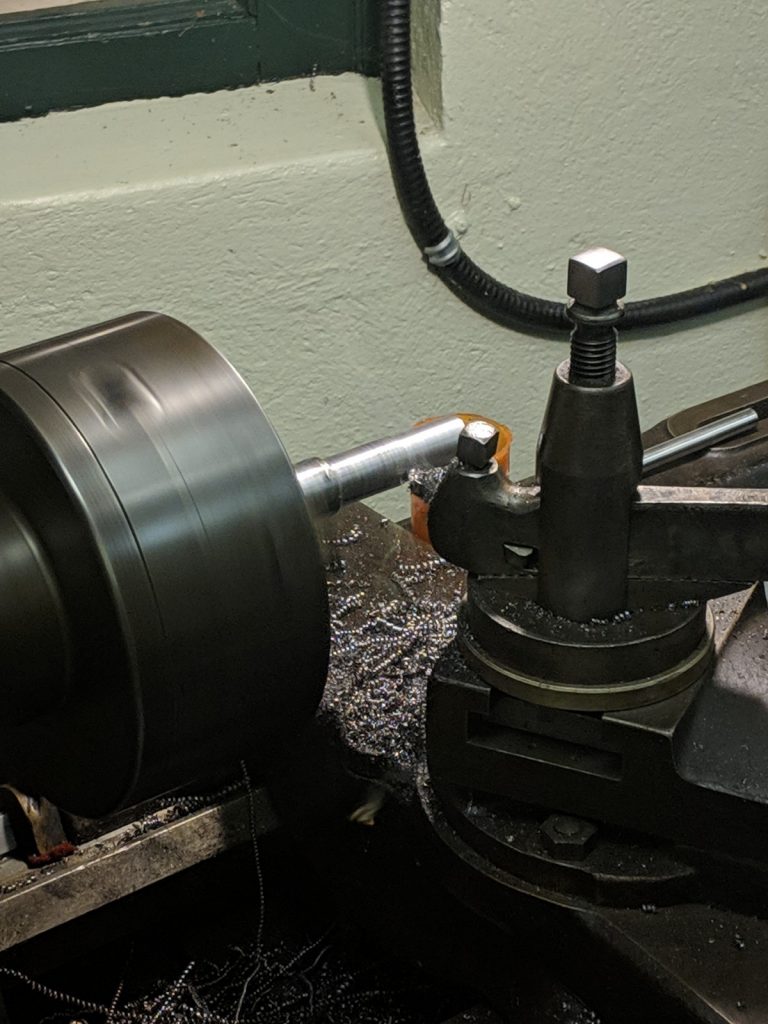
You can see the steps and the results below.
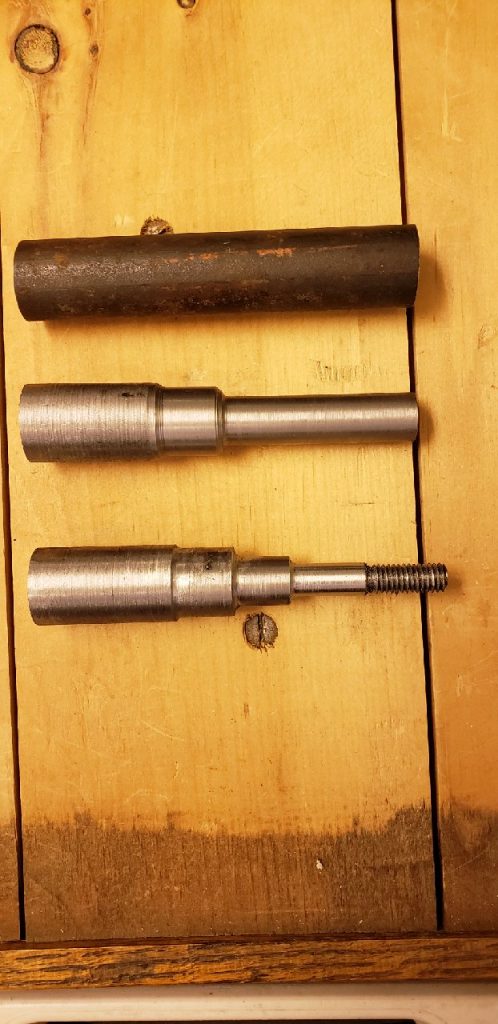
We used precision micrometers and vernier calipers to measure the progress and final results. We tested all the major gears, parts and settings. We cut and re-cut different diameters. We made screw threads on the end. And it’s unbelievable.
Almost 100 years old, and reliably delivering 1/1000 inch precision.
There are many more parts and options to test. Watch this space for more updates.
- A.I. North and Python (2)
- Announcements (60)
- Events (88)
- Post-Event Report (25)
- Radio (9)
- Robotycs (5)
- Uncategorized (11)
- Upcoming Event (9)
- Update (32)
Latest Articles

YLab
123 Hillsview Dr, Richmond Hill, ON L4C 1T3
